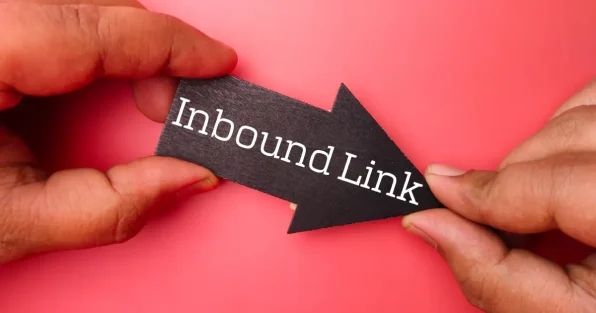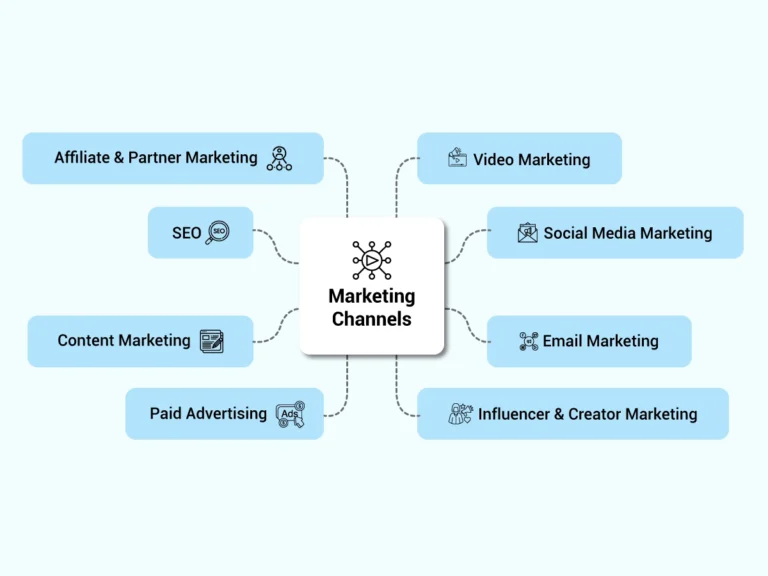Many people are facing challenges to achieve a good result especially when it comes to SEO. they work hard but don’t get the expected result Are you one of them? Sometimes in a business that implements SEO strategies, it happens that the owner and employees don’t know how to handle a frustrating SEO situation and become successful. So, here a strategy comes in as a solution which is low-hanging fruit SEO.
Are you looking for the best strategies for low-hanging fruit SEO? Then this blog is for you. In this blog, I will discuss Low-Hanging Fruit SEO strategies. It’s a smart way to make hard tasks easier and get better results. Here, you will learn how Low-Hanging Fruit SEO can change your work and help you succeed. Let’s start this blog with the definition of low-hanging fruit.

What Is The Low-Hanging Fruit?
“Low-hanging fruit” in business or for any organization means tasks and goals that are easy to complete with less effort. It refers to picking fruits that grow in the lower part of a tree. Here, low-hanging fruit means finding simple ways to get good results without working too hard. It also reflects the strategy of working smarter, not harder.
For example, suppose a company is not technologically updated and needs better technology. They start updating the office, buying computers, and using the Internet. This change helps to increase the productivity of your business. This measure is known as the low-hanging fruit strategy.
So, low-hanging fruit is about choosing the easy things that can improve a business without too much effort. Just like picking ripe fruit from a low branch of a tree, it’s a quick way to get good things.
Let’s learn together what is low-hanging fruit SEO in the next section.
Low-Hanging Fruit SEO: What Is It?
Improving a website’s position on different search engines by applying SEO tactics that need the least possible effort is known as low-hanging fruit SEO. Implementing this technique helps to boost the overall performance of the website. It includes clean URLs, backlinks building, headlines with keywords, optimization of meta titles and descriptions with keywords, etc.
As an example, imagine you have a restaurant where you sell tasty pizza in New York City. It has a website. It is well-designed, but it’s not showing up on the first page of search results when people look for “tasty pizza in New York.”
You can start by using relevant keywords like “best pizza in New York City,” “best handmade pizza in NYC,” or “cheapest pizza in NYC” in your website’s content as a strategy for low-hanging fruit SEO. This helps search engines understand your site content and rank it higher in different search engines.

5 Simple Low-Hanging Fruit SEO Strategies
Without low-hanging fruit SEO strategies, it is difficult to get the expected result. So what are these SEO strategies? Here, I will share 5 simple low-hanging fruit SEO strategies. Ensure that you have gone through all these strategies and implemented them in your business. So, let’s get started!
1. Revise URL Structure
We all know that URL is important for a website’s ranking. Everything needs to be updated as URL structure. But, a flat URL is not fruitful anymore as everyone wants it to be updated. So what to do then? Revide URL structure as a strategy of low-hanging fruit SEO.
Every page of a website conveys content. A search engine doesn’t understand the content of a web page until the URL is clear. So, revising the URL structure and making it more clear is important. In this way, search engines understand the website’s content, and ranking at the top position becomes easier.
Remember, adjusting the URL structure also contributes to better organization and navigation. Even adding meaningful and one main keyword within the URL can increase the website’s visibility. This not only helps search engines categorize your content but also guides users to find the website for the content they are looking for easily.
For example, the URL of an SEO tips blog might look like “www.seoblog.com/article1167980.” which is very confusing for users and search engines. Optimize the URL using one main keyword (tips and guide for SEO) to make it more descriptive and user-friendly. Write it “www.seoblog.com/tips-guide-for-seo.” – This change helps the user and search engines to understand your blog content. Your website’s ranking will also improve. It also helps your website to attract more organic traffic.
First, to revise the URL structure, change the default permalink settings. If your website has multiple categories or sections, consider incorporating a hierarchy into the URL. Use subfolders to organize content logically. Provide a clear structure. Use hyphens instead of underscores. Avoid using unnecessary words and numbers, and make it more descriptive.
So, finally, making URLs more informative and user-friendly improves search engine understanding and enhances user experience. Believe me! It potentially increases your website’s visibility in relevant search results.

2. Prune Low-Quality/Low-Traffic Pages
When it comes to pruning low-quality or low-traffic pages, this SEO strategy involves identifying and addressing pages on your website. It includes the pages which aren’t contributing significantly to your overall SEO efforts. You can focus your resources on higher-value content and improve the overall performance of your website in search engine rankings with the help of low-hanging fruit SEO.
Use different tools, such as Google Search Console to identify these pages. Look for pages with minimal organic traffic, high bounce rates, or pages that have remained stuck over a long period. These are the pages with outdated information, duplicate content, or those that have not been optimized for relevant keywords.
When pruning, it’s important to implement proper redirects. For example, if you decide to remove a low-quality page, set up a 301 redirect to guide users and search engines to a more relevant or updated page. This ensures that any existing link equity is preserved and users are seamlessly directed to the most suitable content. Remember to implement proper redirects and consider repurposing or updating content before deciding to remove pages entirely.

3. Improve Page Speed
When the loading and page speed is slow, users don’t stay on the website for a long time. They encounter this issue and immediately leave the site. It creates a negative impact on the organic traffic of the website. That is why improving the page speed is important which is a low-hanging fruit SEO strategy.
Start optimizing images and graphics to minimize their file sizes to enhance page speed. Use modern formats such as WebP and JPG as they improve the page’s loading time. Sometimes, HTML, CSS, and JavaScript files make the web page slow. So, remove unnecessary spaces, comments, and characters from these files to make the page speed faster.
This streamlines the code and reduces the time it takes for browsers to render your pages.
Leverage browser caching and content delivery networks (CDNs) to spread your content across multiple servers. It reduces the page loading speed. Don’t forget to enable browser caching to store frequently accessed elements, like images and stylesheets. These actions improve the page’s speed.

4. Build (and Prune) Internal Links
Building internal links helps a website improve its performance which also works as a strategy of low-hanging fruit SEO. Identify high-performing and famous pages with existing organic traffic that bring more visibility. Link them to related content using keyword-rich anchor text. Create a logical flow of information to guide users from one relevant page to another, enhancing their experience and encouraging longer engagement.
Prioritize pages with strong authority and relevance to your target keywords. Implement a structure that relates content together and interlinks them to enhance topical relevance. However, avoid over-optimization and excessive linking, as this can lead to a poor user experience and potential search engine penalties.
Regularly monitor your internal links to prune any outdated or irrelevant connections. Use tools like Google Search Console to find pages with low click-through rates or high bounce rates, indicating potential candidates for pruning. Focus on maintaining a clear and organized link structure that aids both users and search engines in navigating your site efficiently.
Remove any old links on your pages to keep your website running smoothly. Don’t forget to remove the broken links as well. Check your whole website and make sure you’re not linking to pages that don’t exist anymore.

5. Tap Existing Relationships for High-Quality Inbound Links
High-quality inbound links play an important role in a website’s ranking. You can consider it as a shortcut to get a good result. Consider leveraging existing relationships for high-quality backlinks to enhance your website’s performance. It needs less effort but brings the expected outcome.
Start by reaching out to partners, clients, or vendors you’ve worked with in the past. Collaborate on guest posts that feature your website. In this way, you can get relevant backlinks from reputable sources within your industry.
Another method that you can apply is to tap into your network of colleagues, or professional organizations. Participate in webinars, online workshops, podcasts, or online events as a guest speaker. It helps to get a good outcome which is getting backlinks from event pages or related websites.
Develop meaningful connections through social media interactions, comments on their blogs, or collaborative projects. This can lead to organic backlinks as influencers reference your content or mention your website in their posts. Based on these, you can build a robust network of high-quality inbound links that boost your SEO efforts effectively.
End Note
Finally, I believe that you have read this entire blog. Now, you know 5 simple strategies for low-hanging fruit SEO. Experts have recommended these 5 strategies. They work as boosters that improve your website’s traffic and visibility.
Remember, these strategies provide quick wins and a well-rounded SEO approach that is important for sustained growth and higher rankings. Stay committed to refining your tactics and staying up-to-date with evolving SEO trends for a good result.









